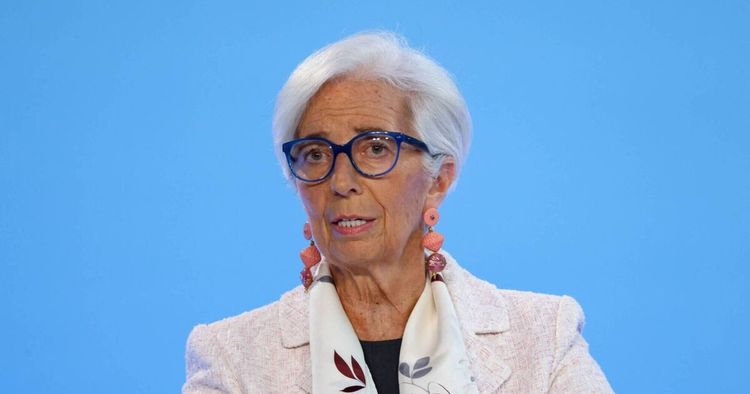Oliver Mangan: Is there light at the end of the rate hike tunnel?

Traders are still of the belief following the recent meetings held by the Federal Reserve and European Central Bank, where they both increased interest rates by 25 basis points, that the periods of raising interest rates in the United States and eurozone are either finished or near completion.
US futures contracts predict that the Fed rates will only rise by an additional 9 basis points for the rest of the year, reaching 5.42%. This is still within the range of the new fed funds rate, which is between 5.25% and 5.50%, and suggests that there won't be any more hikes in official rates.
Investors in the market are slightly less confident that rates in the eurozone have reached their highest point. They do not anticipate an increase in rates at the upcoming European Central Bank meeting in September. However, contracts indicate that rates could rise by around 15bps by the end of the year, indicating that investors are taking precautionary measures in case there is a 25bps rate hike in the fourth quarter.
It is important to mention that neither central banks are currently offering direction to markets regarding the short-term trajectory of interest rates. Instead, they have embraced a strategy that relies on data to make future policy choices. This approach enables them to have flexibility regarding whether or not rates should be increased more.
Positive outlook in American markets.
Many people in the US markets are feeling very positive because the main measure of price increases has dropped significantly, and the continuous measure of price increases is now becoming less intense. This means that the Federal Reserve's task of raising interest rates has been completed.
The official announcement from the Federal Reserve meeting mentioned that inflation is still high. Importantly, Jerome Powell, the chairperson of the Fed, stated that bringing inflation back to its desired target of 2% will probably involve a period of slower economic growth and some weakening in employment conditions. However, this hasn't been the situation during the initial months of 2023.
The economy experienced a positive growth rate of 2% and 2.4% per year during the first and second quarters of 2023. This level of growth is higher than what is typically expected for an economy that has reached maximum employment. In relation to this, the unemployment rate in June was 3.6%, which falls within the consistently low range of 3.4-3.7% that it has remained within since March 2022.
If these figures do not significantly decrease in the latter part of the year, there is a strong possibility that the Federal Reserve will raise interest rates once more, regardless of the continued decline in inflation.
Certainly, it is worth noting that the Federal Reserve's projected interest rate increase, disclosed in June, indicates a forecasted range of 5.50-5.75% by the year's end. This suggests that another rate hike is anticipated. Consequently, we find it rather unexpected that markets are assigning such a minimal chance to the possibility of another increase in US interest rates.
Additional increases from the European Central Bank The post reviews the recent decisions made by the European Central Bank to raise interest rates. It explains that these decisions have further elevated the borrowing costs for businesses and households. The blog also highlights how these hikes may impact economic growth and inflation.
Meanwhile, the market is gradually factoring in an additional 25 basis points increase from the European Central Bank (ECB), despite the decline in economic performance since the previous fall. The primary concern for the ECB is expected to revolve around the fundamental inflation rate, which remains stubbornly elevated at approximately 5.5%. This alarming figure significantly exceeds the target rate of 2%.
The European Central Bank (ECB) finds solace in the notion that the increase in interest rates is leading to a constriction of financial circumstances. This decrease in demand is expected to aid in lowering inflation rates, ultimately aligning them with the desired target.
Nevertheless, the European Central Bank (ECB) will require concrete proof of this phenomenon in the form of inflation data within the upcoming months, encompassing wages and expenses related to labor, in order to refrain from implementing any changes in its policies.
The upcoming batch of economic projections from the ECB staff, slated for September, will probably require a downward revision to inflation forecasts. Consequently, it is unsurprising that the ECB has remained ambiguous regarding the possibility of raising interest rates once more.













